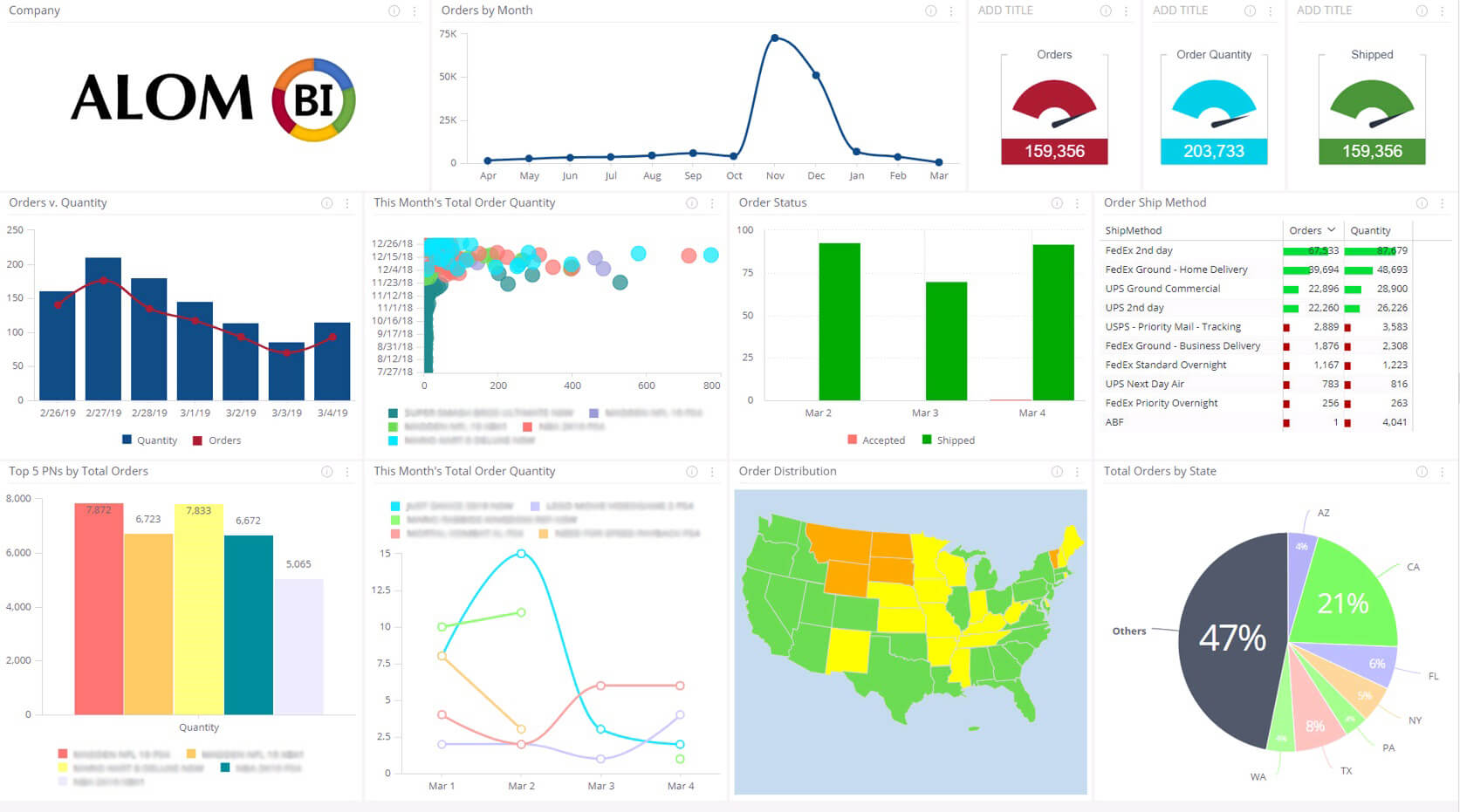Supply Chain Technology – Decision Support Steps Beyond Visibility
By Hannah Kain, ALOM President and CEO
Which technology innovation has the biggest impact on supply chain? If my inbox subject lines are any indication, this question has moved to the forefront of the discussion.
So now the Supply Chain Technology discussion has moved, and that’s a good thing. For several years, the only real discussion was around visibility tools. Don’t get me wrong—visibility tools are important. Without visibility, management and control are impossible. Without visibility, we would not have a drive for more accuracy, traceability and accountability. Without visibility, we could not deliver the instant gratification that consumers are demanding. However, visibility is not a goal in itself. The goal is to make better and faster decisions. Visibility can help position inventory better, drive efficiencies and increase customer service, among a myriad of other things. Not to mention that we are getting used to having all the information we might want at our fingertips or other body parts, for that matter.
What makes this discussion worrisome is that it is so focused on tools as opposed to the problems we want to solve. Here are some problems that are crying out for a solution:
The broader technology discussion needs to include stronger decision support tools. With extremely tight timelines and demands for cost efficiencies, supply chain professionals have been driven to 24/7 vigilance. We need better predictive analysis and – eventually – automation of certain decisions. This is one of the reasons I was excited to launch ALOM BI with machine learning capabilities. You simply make better driving decisions when you look out the front window instead of in the rear view mirror. Even the advanced ALOM BI is only scratching the surface of what is possible.
Dynamic demand planning is the next big frontier. Forecast accuracy is the bane of supply chain planning. Until we get better at it, we continue expensive mitigation, from leaving customers without product to scrapping unused inventory, and work-arounds such as postponement models. The demand-driven model is going to require a different mindset and different technology tools.
Compliance management in supply chain is becoming a tremendous burden on organizations. While there are solution providers in this space, this area calls for strong government-private technology collaboration, but also collaboration between different tiers in the supply chain. The complexity in this area is staggering. For example, it is great to create trust in supply chain transactions through blockchain. However, first all the players need to understand requirements and the playing field, and all the important players need to be involved.
The technology opportunities are infinite, from fintech to optimization. This is why ALOM doubled our technology staff over the last years and proudly displays our award as the best employer for women in IT in Silicon Valley. The winners in the supply chain race will deploy technology solutions that allow them to solve the big problems by making faster and better decisions.

